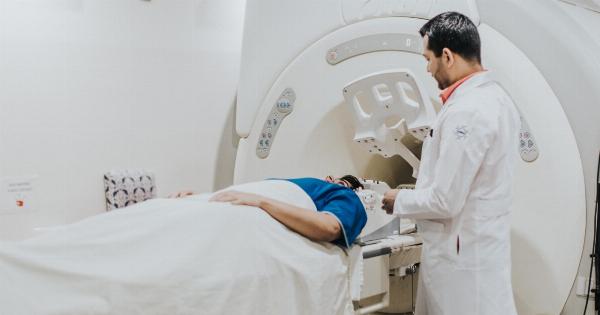Microwaving food is a common practice in households around the world. It offers convenience and allows us to quickly heat up or cook our meals. However, there have been concerns about whether microwaving food is harmful to our health.
In this article, we will explore the potential health effects of microwaving food and examine the scientific evidence behind these claims.
How do microwaves work?
Before delving into the health effects, it’s important to understand how a microwave oven works. Microwaves utilize electromagnetic radiation to generate heat. Inside the oven, there is a magnetron that produces microwave radiation.
These microwaves travel through the oven and are absorbed by water molecules present in the food, causing them to vibrate and generate heat. This heat then cooks or reheats the food.
The impact of microwaving on nutrient content
One of the primary concerns raised about microwaving food is the potential loss of nutrients. It is believed that the intense heat generated by microwaves can break down the nutritional value of the food.
However, several studies have found that microwaving actually preserves more nutrients compared to other cooking methods.
A study published in the Journal of Food Science showed that microwaving vegetables, such as broccoli and spinach, retained higher levels of vitamin C and antioxidants compared to boiling or steaming.
The short cooking time and minimal use of water in microwaving helps to preserve these vital nutrients.
Another study published in the Journal of Agricultural and Food Chemistry found that microwaving garlic preserved its antioxidant properties better than other cooking methods.
This suggests that microwaving may be a preferable way of cooking certain foods to retain their beneficial compounds.
Potential risks of plastic containers
One area of concern related to microwaving food involves the use of plastic containers. Some plastics contain chemicals, such as phthalates and bisphenol A (BPA), which can leach into food when heated.
These chemicals are known to be endocrine disruptors and have been linked to various health issues.
It is important to note that not all plastic containers are microwave-safe. When using plastic containers, make sure they are labeled as microwave-safe.
Avoid using containers that are cracked or damaged, as they are more likely to release harmful chemicals. Using glass or ceramic containers as alternatives can help mitigate any potential risks.
Microwaves and the formation of harmful compounds
Another concern raised about microwaving food is the potential formation of harmful compounds.
Some studies have suggested that microwaving certain foods, especially high-fat, high-sugar, or processed foods, may lead to the formation of advanced glycation end products (AGEs) and acrylamide.
AGEs are compounds that form when sugars react with proteins or fats during cooking. They have been linked to various diseases, including diabetes and cardiovascular disease.
A study published in the Journal of Agricultural and Food Chemistry found that microwaving meat led to lower levels of AGEs compared to grilling or frying.
Acrylamide is a chemical that forms when starchy foods are cooked at high temperatures. It is classified as a probable human carcinogen.
A study published in Food and Chemical Toxicology found that microwaving potato chips resulted in lower levels of acrylamide compared to conventional frying.
The importance of proper heating and reheating
While microwaving has been deemed safe by regulatory agencies, it is essential to ensure proper heating and reheating of food to minimize the risk of harmful bacteria.
The uneven distribution of heat in microwave ovens can result in cold spots where bacteria can survive. To mitigate this risk, it is crucial to follow recommended cooking and reheating times, stir food halfway through heating, and use a food thermometer to ensure food reaches the appropriate internal temperature.
The myth of “zapping” nutrients
There is a common myth that microwaving food “zaps” or destroys its nutrients. However, research has consistently shown that this is not the case.
While some nutrient loss can occur during any cooking process due to factors such as heat and water exposure, microwaving is not inherently more detrimental to nutrient content compared to other cooking methods.
A study published in the Journal of Food Science and Technology examined the impact of different cooking methods on the nutrient content of vegetables. It concluded that microwaving preserved more nutrients compared to boiling, steaming, or stir-frying.
Microwaving for a shorter duration and using minimal water helped retain these essential vitamins and minerals.
Conclusion
The fear surrounding microwaving food and its potential harm to our health is largely unfounded. In fact, microwaving can be a convenient and nutritious way to prepare meals.
It helps retain the nutrient content of certain foods, and when used properly, poses minimal risks.
However, it is crucial to remember that improper handling, use of non-microwave-safe containers, and inadequate heating/reheating practices can affect both the nutritional value and safety of microwaved food.
By following proper guidelines and using microwave-safe containers, we can enjoy the benefits of this quick and efficient cooking method without any significant harm to our health.





























